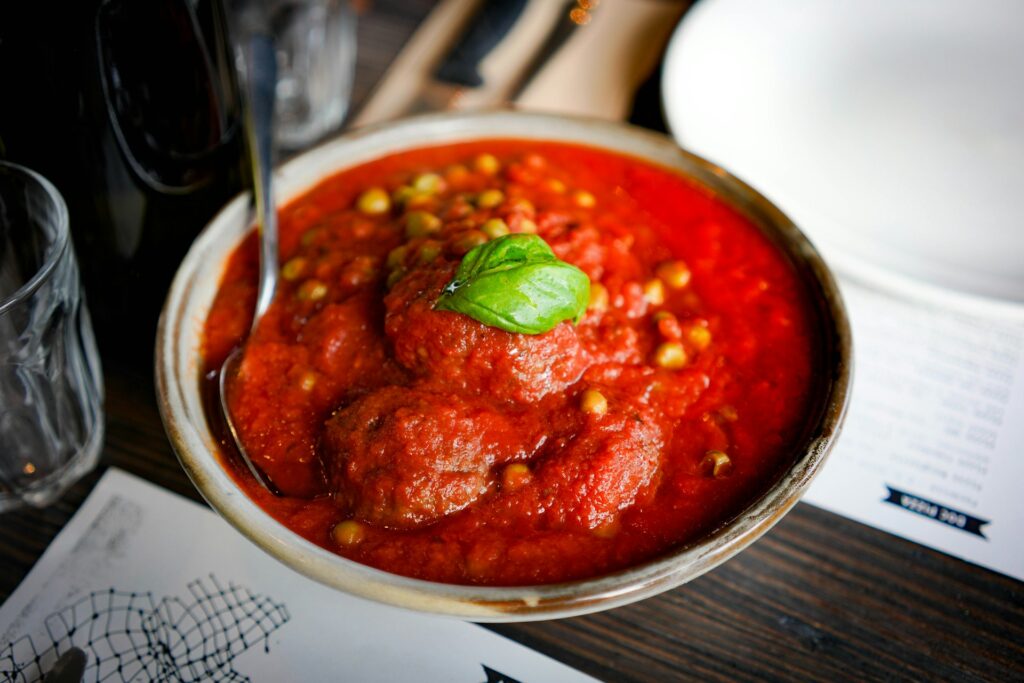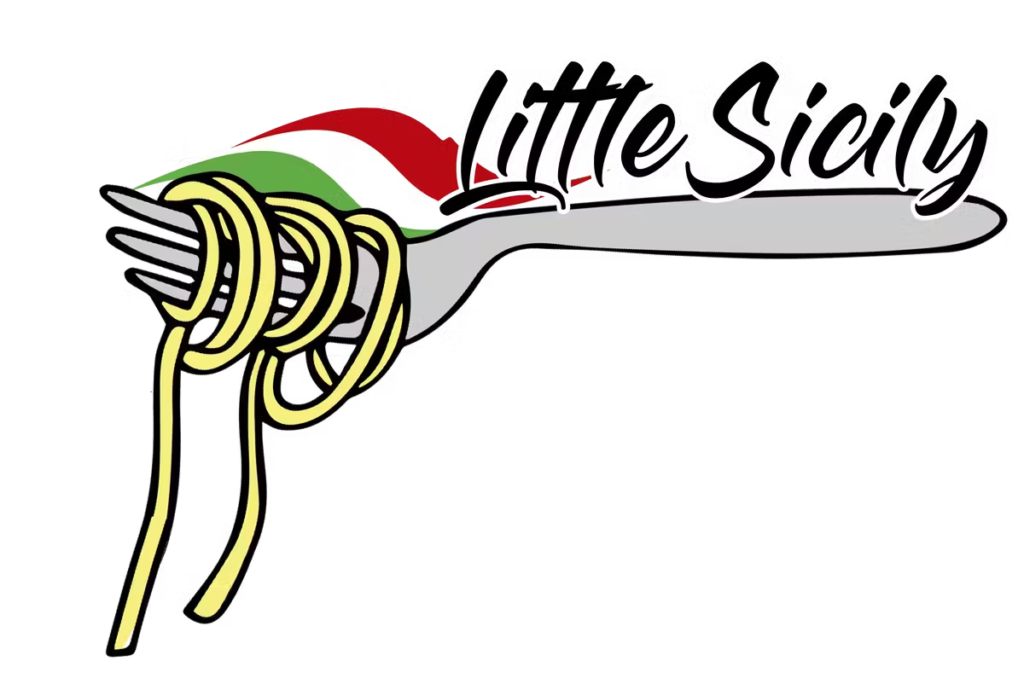Many assume Italian cuisine is all about mild, herb-infused flavors—creamy pasta, delicate risottos, and wood-fired pizzas. But does Italy have a spicy side? If you’re a heat-seeker, you might wonder if Italian food can satisfy your craving for fiery flavors. While Italy isn’t known for extreme spice like Thailand or Mexico, certain regions surprisingly embrace heat.
This blog explores Italy’s relationship with spice—where it’s used, which dishes pack a punch, and why some areas love chili peppers while others avoid them. By the end, you’ll know exactly where to find (or avoid) spicy Italian food!
Table of Contents
ToggleThe Role of Spice in Traditional Italian Cuisine
Italian food is celebrated for its simplicity and reliance on fresh, high-quality ingredients rather than overpowering spices. Unlike cuisines where chili peppers dominate, Italian cooking emphasizes garlic, herbs, olive oil, and tomatoes for depth of flavor. However, spice isn’t absent—it’s just used more selectively. The most common source of heat is the peperoncino, a small but fiery chili pepper featured in various regional dishes.
Historically, Italy’s spice influences came from trade routes and foreign invasions. The Arabs introduced saffron and citrus to Sicily, while Spanish traders brought New World ingredients like tomatoes and chili peppers (Smithsonian Magazine, 2015). Despite these influences, Italian cuisine evolved to prioritize balance, meaning even spicy dishes complement rather than overwhelm the palate. For example, arrabbiata sauce gets its heat from chili flakes, but the tomato base ensures harmony.
Spice tolerance varies across Italy. Southern regions like Calabria and Basilicata embrace fierier flavors, while Northern Italian dishes favor milder, butter-based sauces. This divide reflects Italy’s diverse climate—southern areas grow abundant chili peppers, whereas the north focuses on dairy and grains. So, while Italy may not be the first country that comes to mind for spicy food, it certainly has a place in its culinary landscape.
Regional Variations: Where in Italy Loves Spice?
Calabria – The Land of Fiery Peppers
Calabria, the toe of Italy’s boot, is the undisputed champion of spicy food. The region’s signature chili, the peperoncino Calabrese, is used fresh, dried, or infused in oils. One iconic dish is ’nduja, a spreadable, fiery salami made with pork fat and a high concentration of chilies. It’s often smeared on bread or melted into pasta sauces for an intense kick. Another staple is fileja alla calabrese, a handmade pasta served with a spicy tomato sauce loaded with garlic and chili flakes.
The love for heat in Calabria stems from both tradition and practicality. Chili peppers were historically used to preserve meats in the absence of refrigeration, and their bold flavor complemented simple peasant dishes. Even today, many Calabrian families grow their peppers, drying them in the sun to use year-round. If you’re looking for authentic Italian spice, Calabria is the place to start.
Basilicata – Home of the Devil’s Kiss
Basilicata, though less famous than Calabria, has its fiery specialty: the diavolicchio (“little devil”) chili. This small but potent pepper is a key ingredient in pepperoni cruschi, sun-dried sweet peppers that are fried until crispy and sprinkled with salt. They add a smoky, spicy crunch to many dishes. Another standout is lagane e ceci, a rustic pasta and chickpea stew often enhanced with chili oil for extra warmth.
Basilicata’s rugged terrain and hot climate make it ideal for chili cultivation, and locals have embraced spice as part of their culinary identity. Unlike Calabria’s ’nduja, Basilicata’s heat tends to be more subtle, blending into sauces and stews rather than dominating them. This balance makes the region’s spicy dishes approachable, even for those with moderate heat tolerance.
Sicily – Arab Influences and Spicy Seafood
Sicily’s cuisine reflects its history of Arab, Greek, and Spanish rule, resulting in a unique blend of sweet, sour, and spicy flavors. One standout dish is pasta alla Norma with fried eggplant, ricotta salata, and a hint of chili. Another is arrabbiata di pesce, a spicy seafood stew infused with peperoncino.
Sicilians also love panelle, chickpea fritters often served with a spicy green sauce. While Sicilian food isn’t as consistently fiery as Calabrian, the use of chili is strategic—adding depth without overpowering other ingredients. The island’s warm climate means chili peppers grow easily, and many households keep dried peperoncino on hand for seasoning.
For more Sicilian dishes, check out our guide on the Top 10 Italian Dishes You Must Try at Little Sicily.
Why Isn’t All Italian Food Spicy?
Italian cuisine is celebrated worldwide for its fresh ingredients, balanced flavors, and regional diversity. Yet, unlike other global cuisines that embrace fiery heat, most Italian dishes avoid heavy spice. This isn’t an accident—it’s a deliberate choice shaped by history, geography, and culinary philosophy. Below, we explore the reasons behind Italy’s restrained use of spice and where exceptions exist.
1. Emphasis on Natural Flavors
Italian cooking is built on the principle that ingredients should speak for themselves. Heavy spice can overpower the delicate flavors of:
- Sun-ripened tomatoes – Their natural sweetness is central to many dishes
- Fresh herbs (basil, oregano, rosemary) – Aromatic and essential to Italian flavor profiles
- High-quality olive oil – Its peppery notes can clash with excessive heat
Key Point:
✔ Italians believe spice should enhance, not dominate. Even in spicy dishes like arrabbiata, the chili is balanced with tomatoes and garlic.
Example:
A classic spaghetti aglio e olio might include a pinch of chili flakes, but the focus remains on the garlic and olive oil.
2. Historical Preferences: Before Chili Peppers
Before the 16th century, Italian cuisine relied on milder spices:
- Black pepper – Imported and expensive, used sparingly
- Ginger & saffron – Favored in medieval courts
- Mustard seeds – Common in northern regions
Key Point:
✔ Chili peppers arrived from the Americas via Spanish traders but were initially considered medicinal rather than culinary.
Why Southern Italy Embraced Chilies:
- Easy to grow in hot climates
- Preserved meats added flavor to peasant dishes
- Became a staple in regions like Calabria and Sicily
3. Regional Differences: North vs. South
Italy’s spice tolerance varies dramatically by region:
| Northern Italy | Southern Italy |
| Cooler climate | Hotter climate |
| Butter-based dishes | Olive oil-based dishes |
| Mild flavors (risotto, polenta) | Bold, spicy flavors (‘nduja, peperoncino) |
| Rare use of chili | Frequent use of fresh & dried chilies |
Key Point:
✔ The further south you go, the spicier the food becomes.
Example:
- Milan: Creamy risotto rarely includes chili.
- Calabria: Even chocolate desserts might have a spicy kick.
4. Modern Trends: Italy’s Spice Evolution
While tradition still dominates, modern Italian chefs are experimenting with heat:
New Spicy Innovations:
- ‘Nduja carbonara – Spicy Calabrian sausage in a Roman classic
- Chili-infused cocktails – Aperol spritz with a spicy twist
- Gourmet chili oils – Artisanal peperoncino oils for drizzling
Why the Change?
✔ Global influences from immigration and travel
✔ Younger chefs blending tradition with bold flavors
✔ High-quality local chilies are gaining gourmet status
Where to Try It:
- Rome: Restaurants adding chili to cacio e pepe
- Milan: Upscale pizzerias offering spicy ‘nduja toppings
5. When Italians DO Use Spice – The Rules
Even in spicy dishes, Italian cooks follow key principles:
- Balance is everything – Heat should complement, not overwhelm.
- Fat tempers spice – Olive oil or cheese mellows the burn.
- Quality over quantity – A pinch of good chili flakes beats a heavy hand.
Example:
Pasta all’arrabbiata (“angry pasta”) uses chili, but the tomato sauce ensures harmony.
Frequently Asked Questions
Is Italian food generally spicy?
No, most traditional Italian dishes are not spicy. However, southern regions like Calabria, Basilicata, and Sicily incorporate chili peppers into many recipes.
What is the spiciest Italian dish?
Calabria’s ’nduja is one of the spiciest, followed by arrabbiata sauce and certain Sicilian seafood stews.
Do Italians use a lot of chili peppers?
It depends on the region. Southern Italians use peperoncino frequently, while northern cuisine rarely includes heat.
Can I request extra spice in Italian restaurants?
Yes, many restaurants offer chili oil or flakes on the side. In southern Italy, you can ask for dishes to be made “piccante” (spicy).
Final Thoughts
While Italy isn’t as synonymous with spice as some other cultures, it certainly has a fiery side—especially in the south. From Calabria’s ’nduja to Rome’s arrabbiata, chili peppers play a key role in many regional specialties. However, the Italian spice is rarely overwhelming; instead, it enhances and elevates dishes without dominating them.
If you’re a spice enthusiast visiting Italy, head south for the boldest flavors. But even in milder regions, you’ll find dishes with a subtle kick—proof that Italy’s culinary diversity extends to heat as well. Whether you prefer a gentle warmth or a fiery explosion, Italian cuisine has something to offer every palate.


